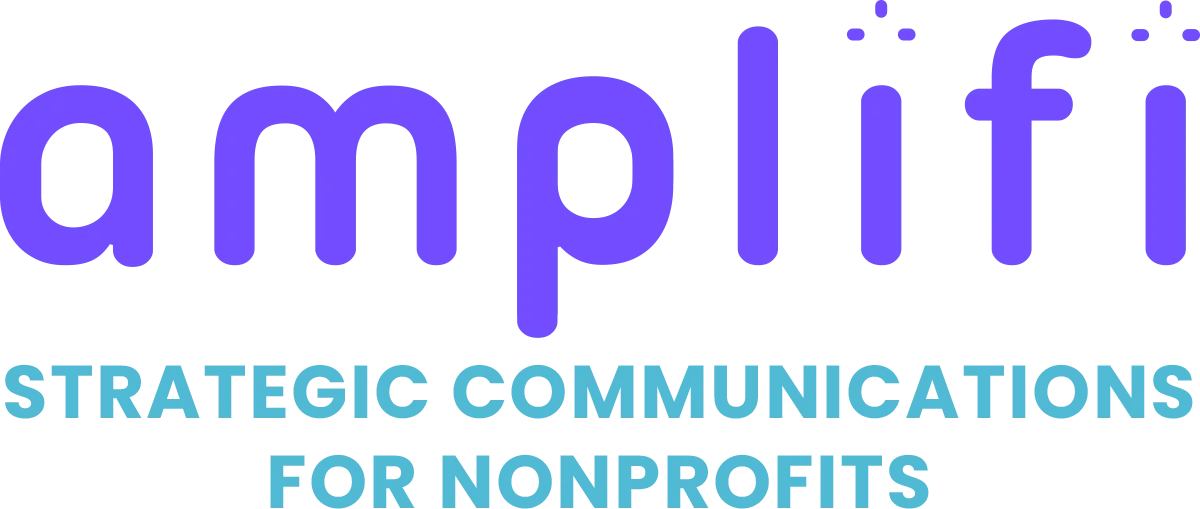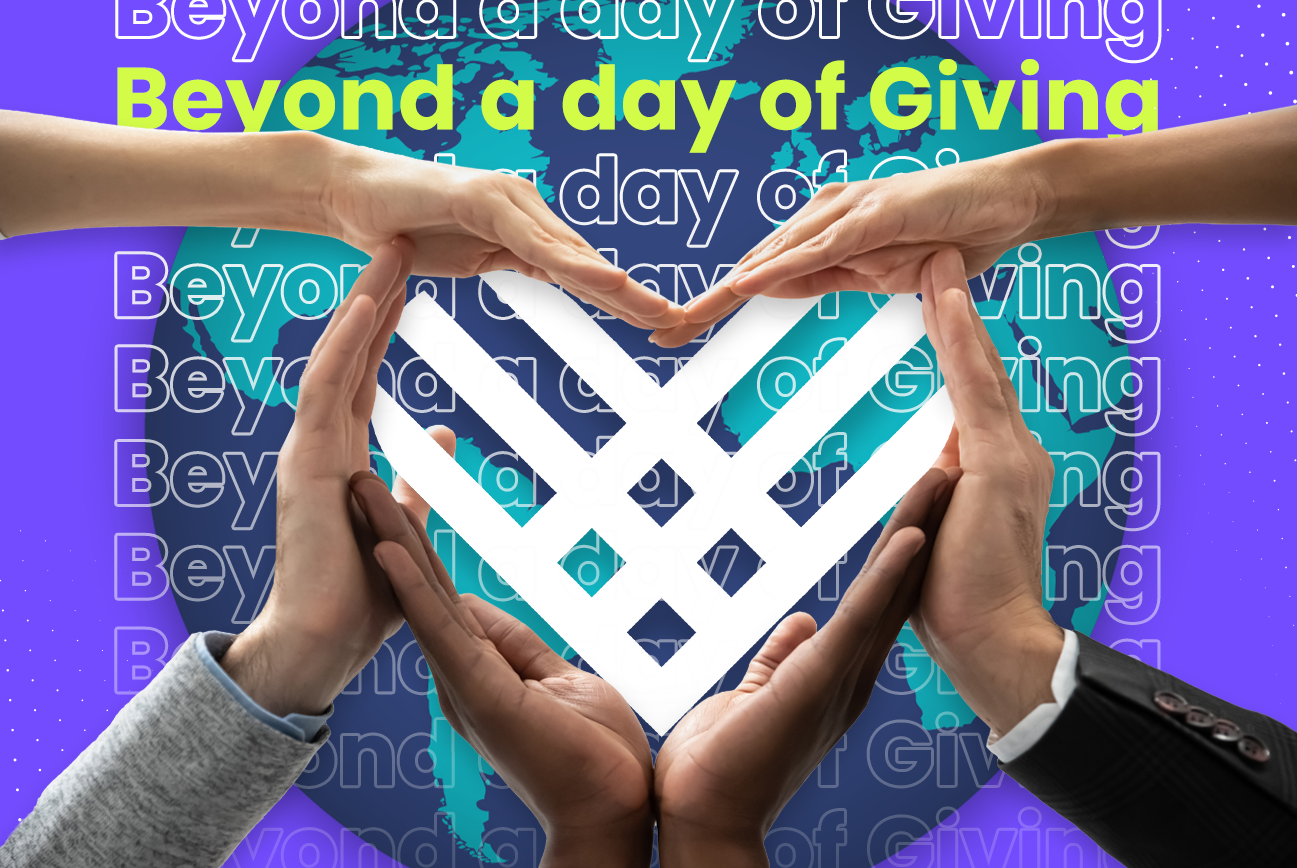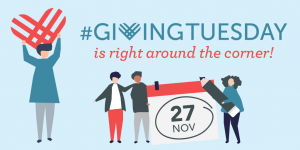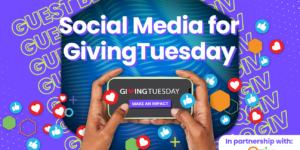We get it. GivingTuesday can feel overwhelming, especially when time and resources are already stretched thin. But the organizations that get the most out of it aren’t the ones with the flashiest campaigns. They’re the ones who help GivingTuesday donors make a long-term impact.
In 2024, donors in the US contributed an estimated $3.6 billion to GivingTuesday. That’s a 16 percent increase over the year before, with more than 36 million people participating through donations, volunteering, and acts of generosity.
But you shouldn’t just focus on raising as much as you can on GivingTuesday itself.
Here are two simple ways to turn a single day of giving into a long-term fundraising strategy.
FREE eBOOK: GivingTuesday – Your nonprofits hollistic approach.
1. Think beyond the day itself.
GivingTuesday falls on December 2 this year, right as the year-end fundraising season really ramps up. And you can use this opportunity to make the day a key piece of your year-end appeal strategy.
You probably already have parts of your year-end communications in place. For example, you might have a strong story that ties into your core message and highlights how donors can make an impact. So, consider using your GivingTuesday strategy as a soft touch that warms donors up for year-end, instead of creating a new campaign from scratch.
You don’t need to give everything away. A brief story spotlight, an impact update, or a preview of what comes next can be enough to build anticipation while reinforcing what your supporters already value about your mission.
Are you worried about fatiguing donors with two appeals in December? Well, GivingTuesday doesn’t have to include a hard ask.
Many nonprofits use the day to encourage supporters to share their giving page, spread awareness about a specific need, or participate in a challenge that doesn’t require a financial contribution.
These strategies help widen your reach and remind current donors that they’re a critical part of your team and mission.
If you do make an ask, make it clear you’re reaching out about a specific GivingTuesday initiative. Be clear that this is not your big year-end push, just another opportunity to make a difference.
As always, segmentation will help keep your message relevant for each donor. Sending the same message to everyone on your list is a missed opportunity to reconnect with donors and build on their unique relationship with your nonprofit.
LEARN MORE: It’s time to plan your GivingTuesday campaign.
Start by identifying a few basic segments.
We’ve said it before, and we’ll say it again. Effective fundraising is all about reaching the right donors, with the right message, at the right time. So, consider creating targeted communications that speak more directly with segments like current, at-risk, or lapsed donors.
You can thank active donors for their past support, share what they’ve helped make possible, and invite them to supplement their annual gift with a small GivingTuesday donation. Or simply thank them for making a difference and wait until your year-end appeal to make another ask.
At-risk donors are those who typically give during the year but haven’t yet in 2025. So, give them a gentle nudge to let them know you’ve missed them. Show them how their past support made an impact and why you’re counting on them as you move forward together.
And you should reintroduce lapsed or one-time donors to your mission. Let them know how their past gift made a difference and offer a low-pressure ask aimed to renew their support.
We know time and resources are stretched thin. But you don’t need to start drafting from a blank page for each group.
A few lines of versioned copy and a unique subject line can go a long way toward improving engagement and conversions.
Don’t forget to track who responds and donates after receiving your GivingTuesday appeal. This allows you to segment your audience for your year-end appeal and reach out with more targeted messages for those who did or did not participate in GivingTuesday.
LEARN MORE: How to segment your nonprofit’s audience.

2. Focus on monthly giving.
It’s no secret that small-dollar gifts dominate GivingTuesday. Many donors give in the $5 to $25 range, which just so happens to be the ideal gift for a new monthly donor.
This strategy works best if you have control over the donation experience.
You will have fewer options available if you’re collecting gifts through Facebook or another third-party platform. But driving traffic to your own giving page gives you a better opportunity to steer donors where you want them to go next.
So, start with your donation form. You can add a checkbox that allows donors to upgrade their gift to a monthly commitment before they submit. Or include a drop-down menu where donors can choose which program or initiative they want to support and make “monthly giving” one of the standout options.
Another approach is to wait until after the initial donation. Use your confirmation screen or thank-you email to present monthly giving as the next logical step. This more passive option works well for first-time donors who may need a little more time to consider such a commitment.
You can even test small messaging tweaks, like framing a $10 monthly gift as “less than the cost of lunch” or showing what that amount adds up to over a year in terms of impact. These cues can help make recurring giving feel more approachable and impactful for GivingTuesday donors.
LEARN MORE: How to promote monthly giving on GivingTuesday.

Don’t forget about current monthly donors.
You should segment your existing monthly donors into their own audience so you can speak directly to the commitment and impact they’ve already made.
Some nonprofits choose to frame an additional ask on GivingTuesday as a donor’s “13th monthly gift.”
This shows that you’re asking donors to go above and beyond their regular support for the special occasion.
Others skip the ask entirely and use the day as an opportunity to grow relationships by sending a heartfelt thank-you message, sharing examples of sustained impact, or highlighting their role in achieving your goals.
And don’t be afraid to get creative on social media! Consider asking monthly donors to assist this GivingTuesday by serving as social ambassadors. Ask them to post a personal reason why they give and tag your organization or simply share your GivingTuesday post to help you reach new audiences.
No matter how you approach it, the goal isn’t just to get one more gift. It’s to build trust, show a donor’s impact, and encourage continued involvement.
LEARN MORE: How monthly giving can elevate your fundraising.

A GivingTuesday donation is just the start.
You might raise more than you ever have in one day this GivingTuesday. But you don’t want to focus on that.
The key is finding ways to keep these GivingTuesday donors engaged, invested in your mission, and ready to make a bigger difference.
GivingTuesday is just the start of your relationship with many donors. And your follow-up matters just as much as your outreach leading up to the day. A thoughtful thank-you, a clear example of their fundraising dollars at work, or a short note from a beneficiary can all help reinforce the connection and get new donors excited to extend their support.
Maybe you haven’t gotten the results you were looking for during past GivingTuesday campaigns. Or maybe it’s been more of an afterthought than a key part of your year-end fundraising strategy.
Either way, this is the year to try something different. As we know, fundraisers are looking for ways to diversify revenue and achieve more with less.
And you don’t need a massive budget or a complicated campaign. You just need a plan that prioritizes connection and consistency.
Need a hand building your GivingTuesday strategy? Let’s chat!









